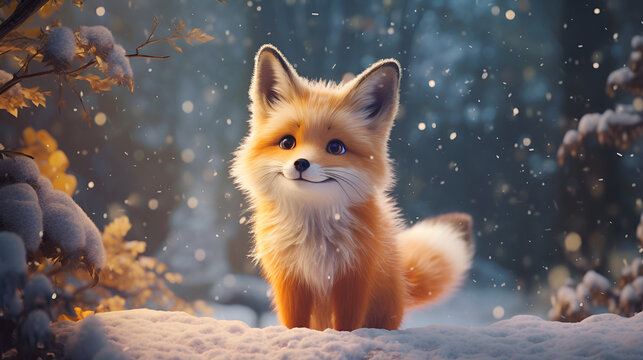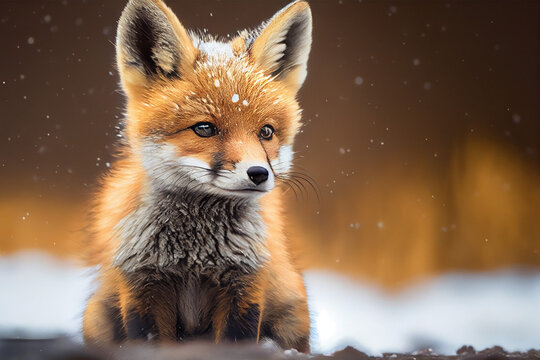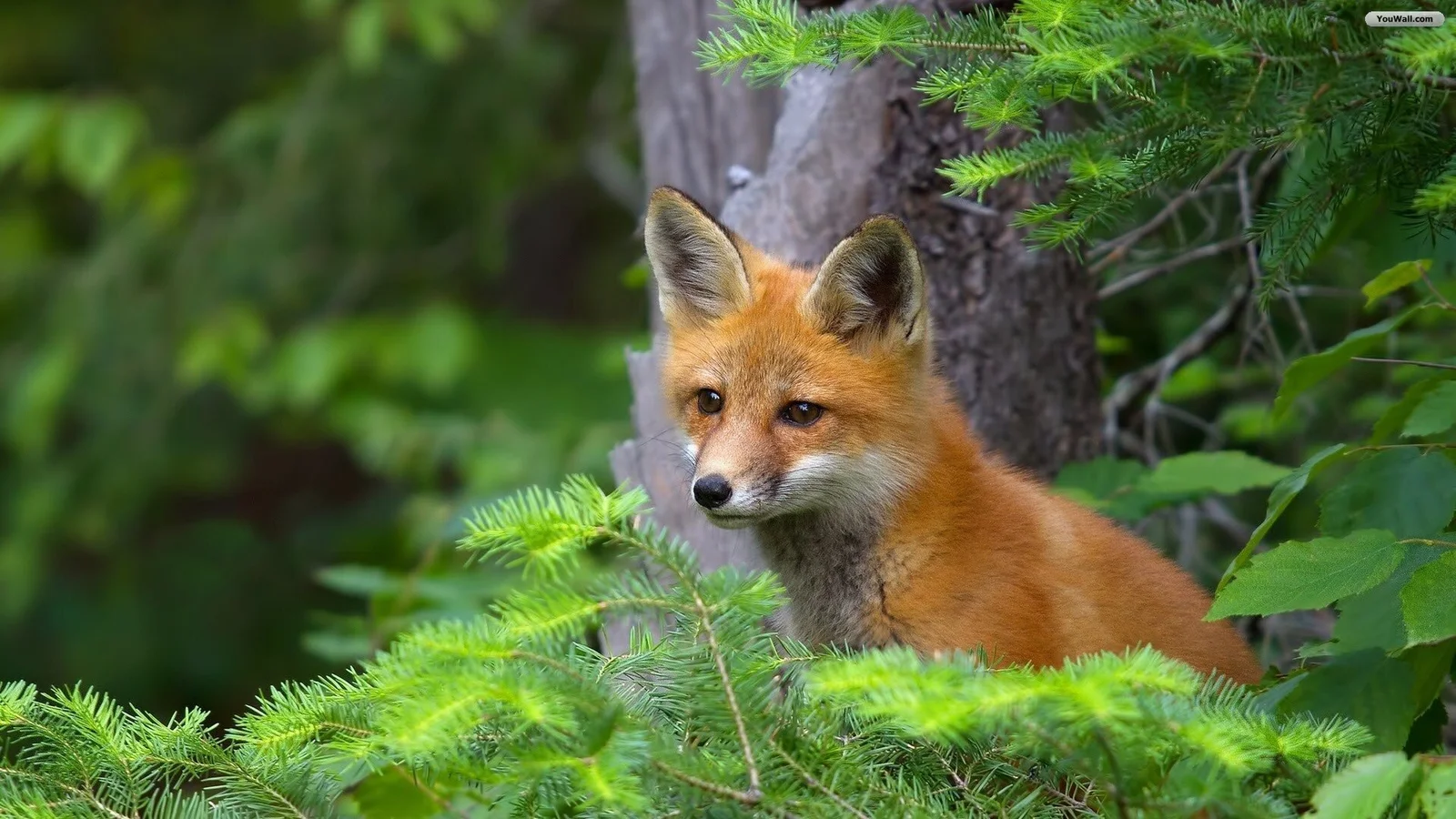Cute:vckxjxf4zh0= Fox is a keyword that perfectly encapsulates the delightful and charming nature of these fascinating creatures. Foxes are known for their cunning and adaptability, but there is another side to them that makes them irresistibly cute. Their playful antics, expressive faces, and curious nature make them one of the most endearing animals in the wild. In this article, we will explore the world of foxes, focusing on their adorable traits, behaviors, and their role in both folklore and the natural world.
Why Cute:vckxjxf4zh0= Fox is the Perfect Representation of Adorable Wildlife

When we think of foxes, the word “cute” may not always come to mind immediately. However, the keyword Cute:vckxjxf4zh0= Fox highlights the characteristics that make these animals incredibly charming. Foxes are small, nimble creatures with large, fluffy tails and pointed ears that give them a distinctive, almost cartoonish appearance. Their graceful movements and inquisitive expressions only add to their appeal.
Fox kits, in particular, are a prime example of this cuteness. With their wide eyes, soft fur, and playful nature, young foxes are often seen frolicking in the wild, chasing one another and exploring their surroundings. These behaviors are not only essential for learning survival skills but also provide heartwarming glimpses into the softer side of foxes.
Even adult foxes retain many of the traits that make them adorable. Their ability to adapt to both rural and urban environments means they are often seen interacting with humans, albeit from a safe distance. Watching a fox curiously explore a garden or prance through the snow reminds us why the concept of Cute:vckxjxf4zh0= Fox is so fitting.
Physical Characteristics
Delving deeper into the physical characteristics of foxes, it is fascinating to observe the diversity among different species. For instance, the Arctic fox (Vulpes lagopus) is known for its stunning white coat, which provides excellent camouflage in snowy environments. During the summer months, this coat changes to a brown or grayish color, blending seamlessly with the tundra landscape. This adaptive trait not only aids in their survival but also adds to their charm. Similarly, the fennec fox (Vulpes zerda), native to the Sahara Desert, is distinguished by its large ears, which serve a dual purpose. These ears help dissipate heat and also enhance their hearing capabilities, allowing them to detect prey and predators more effectively. Each species of fox has unique features that contribute to their overall appeal, making them intriguing subjects of study and admiration.
Intelligence and Adaptability
One of the most remarkable traits of foxes is their intelligence and adaptability. These animals are known for their problem-solving skills and cunning behavior, often portrayed in folklore and stories as clever tricksters. Their ability to adapt to various environments is a testament to their resourcefulness. For example, urban foxes have learned to coexist with humans, scavenging for food in cities and towns. They have developed behaviors that allow them to navigate the urban landscape, such as crossing roads during quieter times and exploiting new food sources like garbage bins and pet food. This adaptability is not only a survival strategy but also a reflection of their intelligent nature. Moreover, foxes are known for their playful behavior, which is often observed in both the wild and captivity. This playfulness, coupled with their intelligence, adds to their endearing qualities, making them fascinating animals to observe and study.
Educational Activities for Children about the Cute:vckxjxf4zh0= Fox

Introducing children to the world of the cute:vckxjxf4zh0= fox can spark their curiosity and foster a love for wildlife. Educational activities that are both fun and informative can help young learners appreciate these animals and understand their importance in the ecosystem.
One engaging activity is creating a “Fox Fact Sheet.” Encourage children to research and compile interesting facts about the cute:vckxjxf4zh0= fox, including their habitat, diet, and behavior. This activity not only enhances their research skills but also deepens their knowledge of wildlife.
Another exciting project is building a “Fox Habitat Diorama.” Using materials like clay, cardboard, and natural elements, children can create a miniature representation of the cute:vckxjxf4zh0= fox’s environment. This hands-on activity fosters creativity and provides a visual understanding of the animal’s habitat.
Storytelling sessions about the cute:vckxjxf4zh0= fox can also be highly engaging. Reading folklore and myths from different cultures that feature the fox as a character can captivate children’s imaginations and introduce them to diverse traditions and beliefs.
Conclusion
The enchanting world of the cute:vckxjxf4zh0= fox is filled with wonder and intrigue. From their diverse habitats and behaviors to their significant role in ecosystems and cultural folklore, these animals continue to captivate and inspire us. By understanding and appreciating the cute:vckxjxf4zh0= fox, we can contribute to their conservation and ensure that future generations can enjoy their presence in the wild. For those eager to learn more, consider exploring additional resources or participating in wildlife conservation initiatives. Together, we can make a difference and celebrate the beauty of the cute:vckxjxf4zh0= fox.

